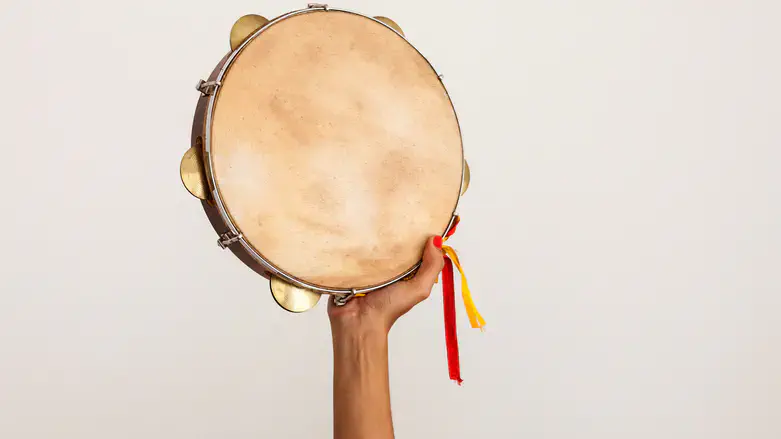
Idan Rakovsky is a former shaliach in Toronto (2021-2024), currently JLIC Program Coordinator at Ben-Gurion University, Be'er Sheva
Last week, after over 480 days in captivity, Agam Berger finally returned home. Agam is a talented violinist, who feels a deep connection to music and musical instruments.
In Parshat Beshalach, we find the prototype of a woman who is connected to music: Miriam HaNeviah—"Then Miriam the prophetess, Aaron’s sister, took a tambourine in her hand, and all the women followed her with tambourines and dancing. And Miriam sang: 'Sing to Hashem, for He has triumphed gloriously; horse and rider He has hurled into the sea'" (Shemot 15:20-21).
Why is Miriam identified here, for the first and only time in the Torah, as a prophetess? The Kli Yakar explains:
"Miriam turned into a prophetess only now, since in this event all women got to see the Divine Presence, as our sages said: “a maidservant witnessed what even the biggest of the prophets did not witness”. That’s also the reason for all the women following Miriam in singing and dancing, as she prophesied first, and the women followed her and prophesied after her. And since the Divine Presence exists only when one is happy, Miriam played the drum and danced in order to bring some joy to all women so they would be able to experience the prophecy as well."
Prophecy, says the Kli Yakar, requires joy, and the ultimate joy of redemption, intertwined with different sorts of musical instruments, allowed all the women to experience the Divine Presence. As our Rabbis say, even the simplest maidservant at the sea saw a vision of Hashem greater than that of the greatest prophets such as Ezekiel. Miriam led them in song and dance, creating the spiritual joy necessary for prophecy to flow.
This link between music and prophecy appears elsewhere. In Shmuel I 10:5 – we read about Shaul HaMelech who meets prophets playing instruments, signaling the spirit of prophecy. In Melachim II 3:14-15, Elisha calls for a musician, and as the music plays, prophecy descends upon him. Similarly, in Divrei HaYamim I 25:1 we read about King David who appoints musicians who prophesy through music.
The Talmud in Bava Batra 12b states that we no longer experience prophecy today, following the destruction of the Temple. However, we should still embrace the lesson, as it remains: happiness and music elevate the soul.
As we joyfully welcome Agam back home, let’s embrace the power of music and joy in our own lives. Like Miriam, let us sing, dance, and create moments of spiritual inspiration.
Torah MiTzion stands in the forefront of the battle for the future of the Jewish people in the Diaspora, offering religious-Zionist Torah scholarship to Jewish communities throughout the world.